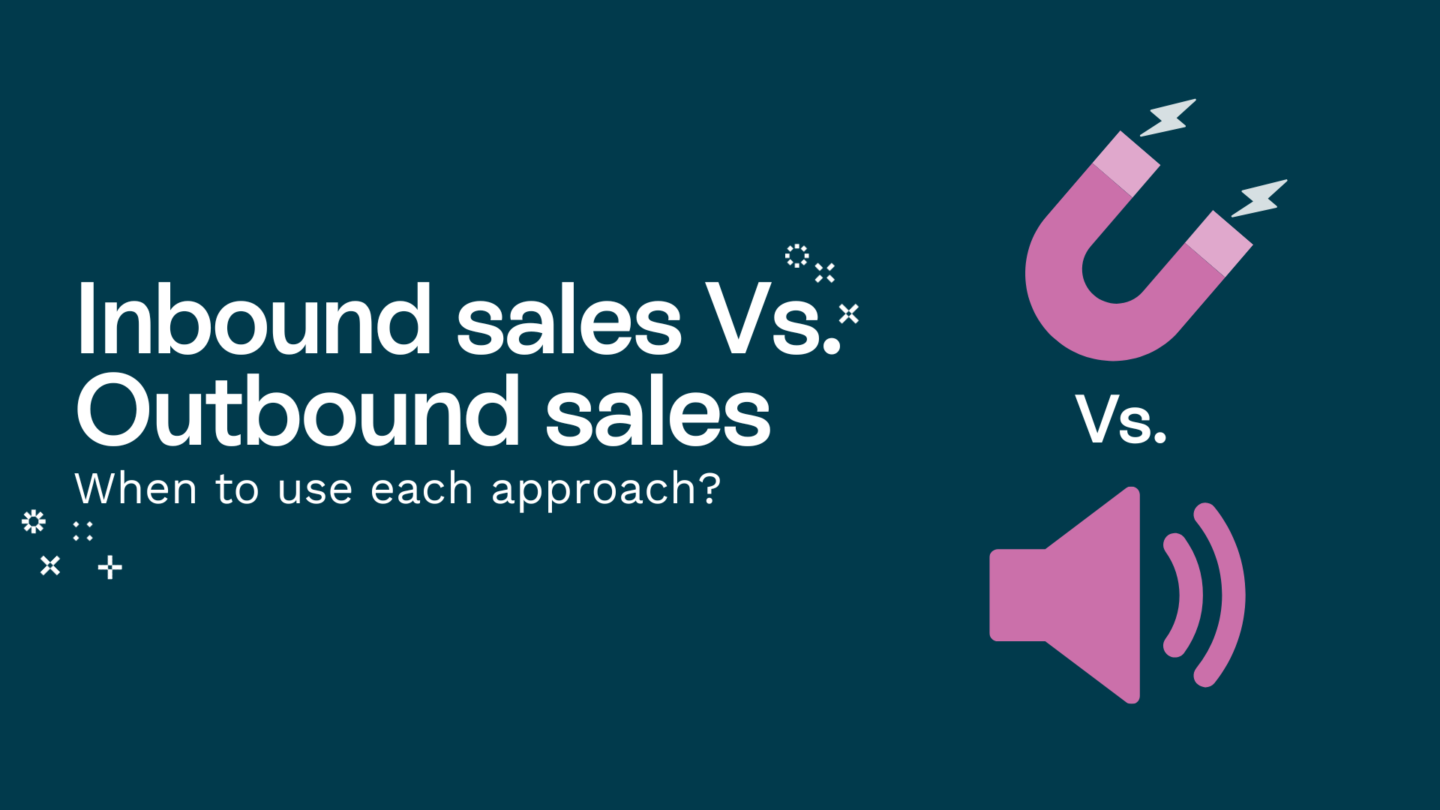In today’s digital age, businesses are constantly looking for ways to streamline processes, increase efficiency, and ultimately improve their return on investment (ROI). One powerful tool that has emerged in recent years is the electronic signature. By eliminating the need for physical paperwork and allowing users to sign documents electronically, electronic signatures offer a wide range of benefits for businesses of all sizes.
Electronic signatures: The 101
Before we delve into the ways electronic signatures can enhance ROI, let’s first understand what exactly electronic signatures are. An electronic signature, also known as an eSignature, is a digital representation of a person’s handwritten signature. It serves as a legally binding method of indicating consent or approval without the need for pen and paper.
Electronic signatures have revolutionized the way businesses operate by streamlining processes and eliminating the need for physical paperwork. In today’s digital age, the ability to sign documents electronically offers convenience, efficiency, and security.
From a legal perspective, electronic signatures are recognized as valid and enforceable in many countries worldwide. However, it’s important to be aware of the specific laws and regulations governing electronic signatures in your jurisdiction, as they may vary.
In the US, the Electronic Signatures in Global and National Commerce Act (ESIGN) provides a legal framework for the use of electronic signatures in interstate and foreign commerce. This legislation ensures that electronic signatures have the same legal effect as traditional handwritten signatures.
In the EU, the eIDAS Regulation establishes a uniform legal framework for electronic signatures across member states. This regulation aims to promote trust and confidence in electronic transactions by ensuring the legal validity of electronic signatures.
Read also: Mitigate risk and take control of your contracts

But how do electronic signatures link to ROI?
Now that we have a solid understanding of electronic signatures, let’s explore how they can positively impact ROI for businesses.
Defining ROI in the context of electronic signatures
Return on investment (ROI) is a key metric used by businesses to assess the profitability and efficiency of their investments. In the context of electronic signatures, ROI can be measured by quantifying the time, cost, and resource savings achieved through the adoption of electronic signature tools.
By streamlining the signing process and reducing the need for physical paperwork, businesses can save substantial amounts of time that would have otherwise been spent on manual document handling. This time saved can be allocated to more productive tasks, resulting in increased efficiency and productivity across the organization.
How electronic signatures impact business efficiency
In addition to saving time, electronic signatures also contribute to improved business efficiency in numerous ways. Firstly, they eliminate the need for printing, scanning, and faxing documents, which can be time-consuming and error-prone processes.
Moreover, electronic signatures enable businesses to send and receive documents instantly, regardless of geographical location. This eliminates potential delays associated with physical mailing and allows for faster completion of transactions and agreements.
Additionally, electronic signatures offer enhanced security measures, such as authentication and encryption, to protect the integrity and confidentiality of signed documents. This bolsters trust between parties and reduces the risk of fraud or unauthorized access to sensitive information.
Read also: Why Oneflow is a contract platform for everyone

Implementing electronic signatures in your business
Now that you understand the benefits of electronic signatures, it’s time to explore how to effectively implement them within your business operations.
Choosing the right electronic signature platform
When selecting an electronic signature platform, it’s important to consider factors such as ease of use, scalability, security features, and integration capabilities with your existing systems. Look for a platform that offers a user-friendly interface, robust security protocols, and the ability to seamlessly integrate with your preferred document management software.
Training your team on electronic signature use
Once you have chosen an electronic signature platform, ensure that your team is properly trained on its usage. Provide clear instructions and guidelines on how to create, send, and sign documents using the platform. A well-trained team will maximize the benefits of electronic signatures and ensure smooth adoption across your organization.
Measuring the impact of electronic signatures on ROI
While the advantages of electronic signatures are evident, it’s crucial to monitor and measure their impact on ROI to justify their implementation and identify areas for further improvement.
Key performance indicators to consider
Consider tracking key performance indicators (KPIs) related to the use of electronic signatures. These can include metrics such as the number of documents signed electronically, the time saved per document, and the reduction in paper and printing costs. Regularly analyze these metrics to evaluate the effectiveness and efficiency of your electronic signature implementation.
Long-term benefits of electronic signatures for ROI
Remember that the benefits of electronic signatures extend beyond short-term time and cost savings. Over the long term, the use of electronic signatures can lead to improved customer satisfaction, increased agility in business operations, and enhanced collaboration between internal teams and external partners. These factors contribute to a stronger overall ROI for your business.
Read also: Top 8 SaaS marketing tips to increase your business revenue and ROI

Overcoming challenges in electronic signature adoption
While the advantages of electronic signatures are evident, businesses may face challenges during their adoption. It’s important to address these challenges proactively to ensure a smooth transition to electronic signature usage.
Addressing security concerns
One common challenge businesses face when adopting electronic signatures is the concern over security. As with any digital solution, it’s crucial to select a reputable electronic signature platform that adheres to industry best practices and offers robust security features. Communicate the security measures in place to your team and stakeholders to alleviate any concerns.
Ensuring compliance with electronic signature laws
Another challenge is ensuring compliance with the legal requirements surrounding electronic signatures. Keep yourself up to date with the laws and regulations governing electronic signatures in your jurisdiction and implement processes that adhere to these requirements. This will help build trust with partners and clients while minimizing legal risks.
The key takeaways
Electronic signatures have the potential to revolutionize how businesses operate, enabling streamlined processes, enhanced efficiency, and ultimately improved ROI. By understanding the basics, implementing them effectively, and measuring their impact, businesses can harness the power of electronic signatures to drive success in today’s digital world.








